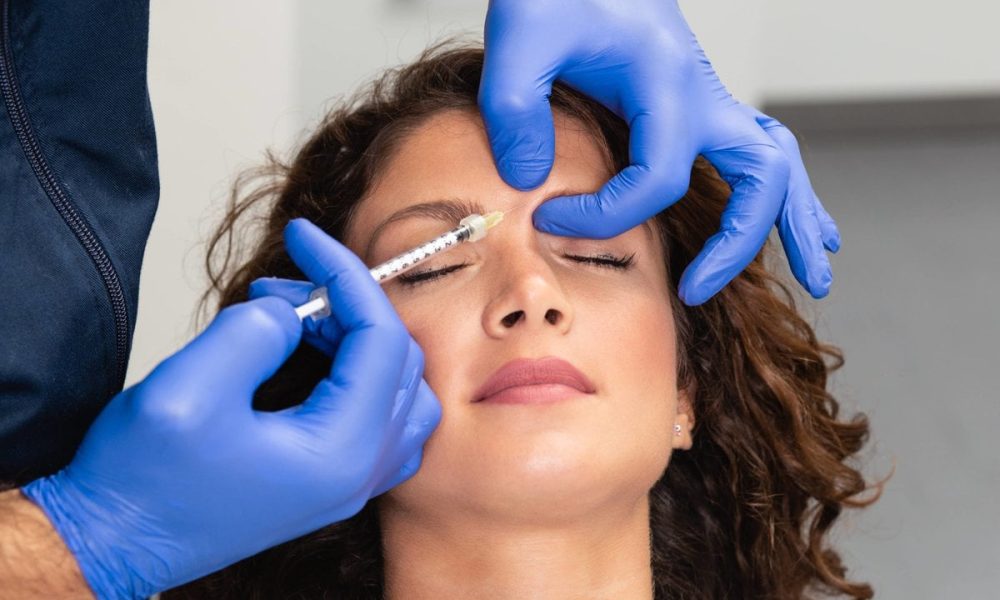The human nervous system is a marvel of complexity, with millions of nerves and neurons working together to control everything from basic bodily functions to complex thought processes. Neurotoxins, substances that can damage or destroy nerve tissue, can significantly impact the nervous system and its functions. Understanding the effects of neurotoxin treatments on nerves and the nervous system is, therefore, essential for medical practitioners and researchers alike.
But with such a vast array of neurotoxins and medical conditions to consider, the topic is not without its perplexities. To help shed light on this complex subject, this article will explore the effects of neurotoxin treatments on nerves and the nervous system and the potential risks and benefits of these treatments.
Neurotoxins And Their Effects On The Nervous System
Neurotoxins are substances that can damage or destroy nerve tissue and, as such, have the potential to significantly impact the nervous system’s complex workings. When neurotoxins are introduced into the body, they can disrupt the normal functioning of neurons and other cells, leading to a wide range of effects on the nervous system.
Some neurotoxins can interfere with the release of neurotransmitters, the chemical messengers that allow nerve cells to communicate with each other, while others can damage the myelin sheath, the protective covering around nerve cells that helps to speed up the transmission of nerve impulses.
The effects of neurotoxins on the nervous system can be short-term and long-term, depending on the type and quantity of the neurotoxin involved. In some cases, exposure to a high enough dose of a neurotoxin can cause immediate and severe symptoms, such as paralysis, convulsions, or even death.
In other cases, the effects, such as muscle weakness, numbness, or tingling, may be less severe but still noticeable. Over time, repeated exposure to neurotoxins can lead to cumulative damage to the nervous system, with the potential to cause chronic health problems such as Parkinson’s disease, Alzheimer’s disease, or other neurological disorders.
Neurotoxins Treatments For Medical Conditions
While neurotoxins can be hazardous substances, they can also be used for medical purposes to treat certain medical conditions. Some neurotoxins, such as botulinum toxin, have been approved by regulatory agencies for use in specific medical contexts. For example, botulinum toxin is commonly used to treat muscle spasms, chronic migraines, and other conditions characterized by excessive muscle contractions.
In addition to these well-established uses, neurotoxins are also being investigated for their potential therapeutic benefits in various medical contexts. For example, researchers are exploring the use of botulinum toxin to treat depression based on the hypothesis that the substance may interfere with specific brain circuits involved in mood regulation.
Neurotoxins Treatments For Aesthetic Uses
While neurotoxins are primarily known for their potential medical applications, they have become increasingly popular in recent years for aesthetic purposes. Specifically, botulinum toxin, also known as Botox, is widely used to treat wrinkles and other skin aging signs. Botox can smooth out wrinkles and create a youthful appearance by temporarily paralyzing the muscles responsible for specific facial expressions.
As with any medical treatment, it is important for patients to carefully consider Botox’s potential risks and benefits and seek out qualified medical professionals for their treatment. By doing so, patients can enjoy the aesthetic benefits of neurotoxin-based treatments while minimizing these substances’ potential risks and side effects.
How Neurotoxin Treatments For Aesthetics Are Administered
Neurotoxin treatments for aesthetics, such as Botox, are typically administered via injection. The substance is injected directly into the muscles responsible for the wrinkles or lines that the patient wishes to address. Depending on the specific area being treated, multiple injections may be required to achieve the desired effect.
The administration of neurotoxin treatments requires a high degree of skill and precision. Injecting the substance into the wrong area can result in unwanted side effects, such as muscle weakness or asymmetrical appearance. For this reason, patients need to seek qualified medical professionals with extensive experience administering neurotoxin-based treatments.
The actual procedure for administering neurotoxin treatments typically takes only a few minutes and is relatively painless. Sometimes, a topical anesthetic may be applied to the skin before injection to reduce discomfort. After the injection, patients may experience mild swelling or redness at the injection site, but this typically resolves within a few hours.
Risks And Side Effects
While neurotoxin treatments for aesthetics can be highly effective in improving the appearance of wrinkles and other signs of aging, they are not without potential risks and side effects. Some of these treatments’ most common side effects include mild pain or discomfort at the injection site and redness, swelling, or bruising. In rare cases, patients may also experience more severe side effects, such as muscle weakness, vision changes, or difficulty breathing.
In addition to these potential side effects, some other risks are associated with neurotoxin aesthetic treatments. For example, injecting the substance into the wrong area can lead to an asymmetrical appearance or muscle weakness. In some cases, patients may also develop a resistance to the substance, which can make subsequent treatments less effective.
Neurotoxin Treatments Are Temporary
While they can effectively address specific medical or cosmetic issues, their effects typically wear off after months.
For medical applications, patients may need to undergo repeat treatments to continue experiencing the therapeutic benefits of the neurotoxin. For example, patients with chronic migraines may need injections every few months to continue experiencing relief from their symptoms.
The temporary nature of neurotoxin treatments for aesthetic treatments means that patients must undergo repeat treatments to maintain their desired appearance. Depending on the specific treatment and the individual patient’s response to the substance, treatments may need to be repeated every few months to continue experiencing the desired cosmetic effects.
While the temporary nature of neurotoxin treatments may be seen as a disadvantage by some, it can also be seen as a positive aspect of these treatments. Because the effects are temporary, patients can experiment with different treatment options and adjust their approach over time based on their evolving needs and goals.
Takeaway
If you’re interested in exploring the potential benefits of neurotoxin treatments for aesthetic purposes, consider visiting Glow MedSpa of 30A. With a team of experienced and qualified medical professionals, Glow MedSpa can help you determine whether neurotoxin treatments are safe and appropriate for your needs.
Whether you’re seeking to reduce the appearance of wrinkles or address other signs of aging, Glow MedSpa can provide customized treatment plans tailored to your unique goals and concerns. With a focus on patient safety and satisfaction, the team at Glow MedSpa can help you achieve the youthful, radiant appearance you desire.
Don’t wait to start your journey towards a more confident, refreshed you – contact Glow MedSpa of 30A today to schedule a consultation and learn more about the potential benefits of neurotoxin treatments!





